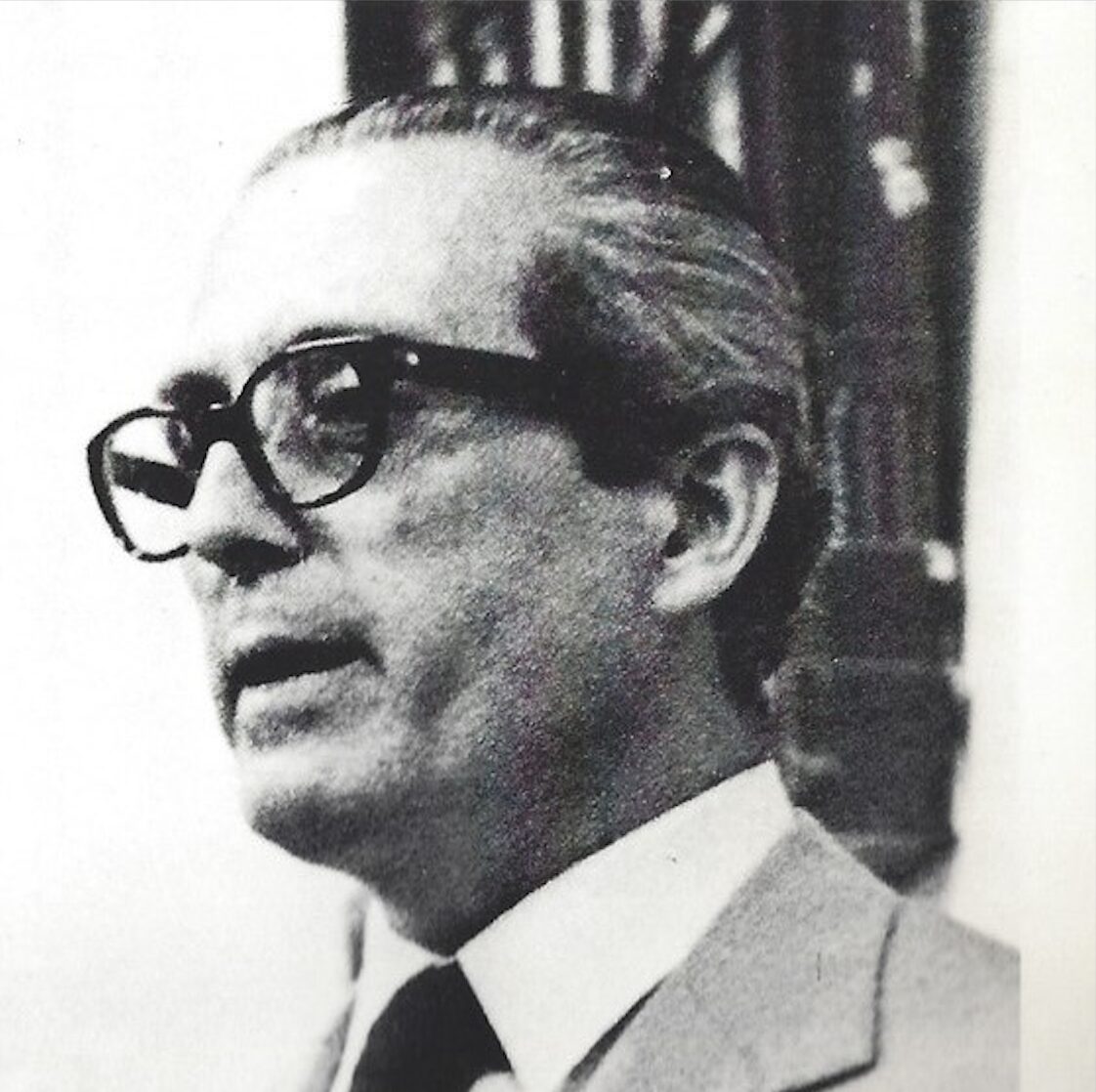1913 Esposende - 1991 Proto
 Photo by Árvore (Wikipedia)
Photo by Árvore (Wikipedia)
Alfredo Evangelista Viana de Lima (1913–1991) was a prominent Portuguese architect recognized for his significant contributions to modernist architecture in Portugal during the mid-20th century. Born on August 18, 1913, in Esposende, he graduated from the Escola de Belas Artes do Porto in 1941. Viana de Lima was instrumental in introducing and developing modernist principles within Portuguese architecture, drawing inspiration from international movements and figures such as Le Corbusier.
His early work, the Honório de Lima House in Porto (1939–1943), is considered one of the first examples of rationalist architecture in Portugal. Other notable projects include the Bloco Habitacional de Costa Cabral in Porto (1953–1955) and the Casa das Marinhas in Esposende (1954–1957), which he designed as his own residence. Viana de Lima also collaborated with Brazilian architect Oscar Niemeyer on the Casino da Madeira in Funchal (1976).
Beyond his architectural practice, Viana de Lima was actively involved in academia, serving as a professor at the Escola Superior de Belas Artes do Porto from 1974 to 1981. He participated in various international architectural congresses and was a member of organizations such as the Organização dos Arquitectos Modernos (ODAM) and the Congrès Internationaux d’Architecture Moderne (CIAM). His dedication to architecture was recognized with several awards, including the Grand Prix of Architecture from the Calouste Gulbenkian Foundation in 1961.
Viana de Lima’s legacy endures through his innovative designs and his role in shaping modern Portuguese architecture.
